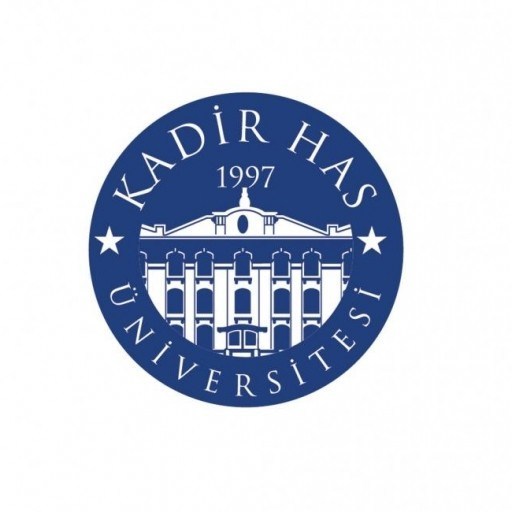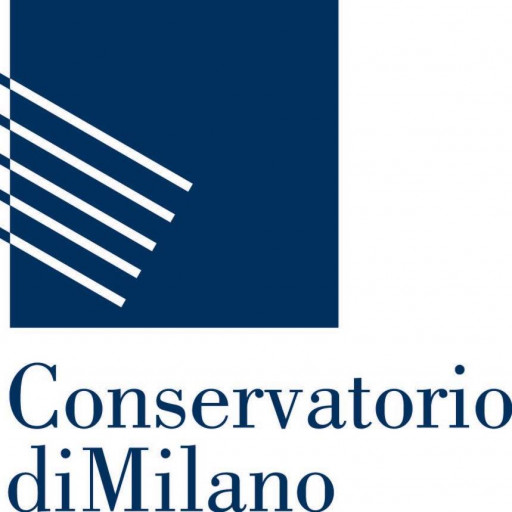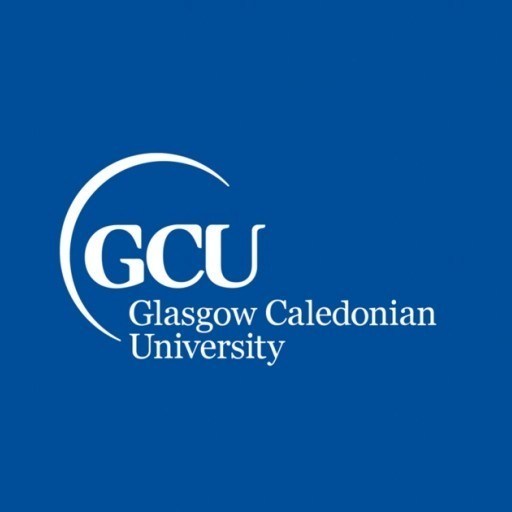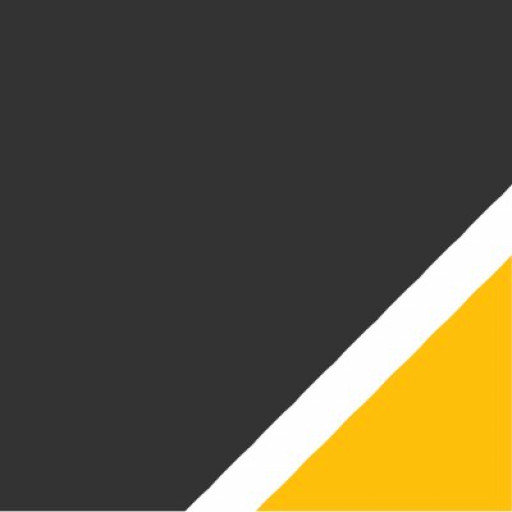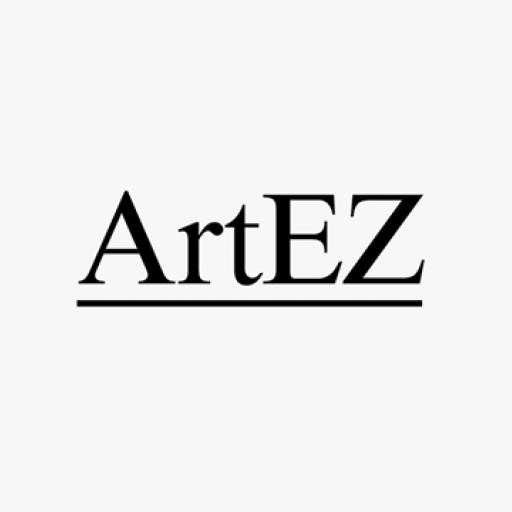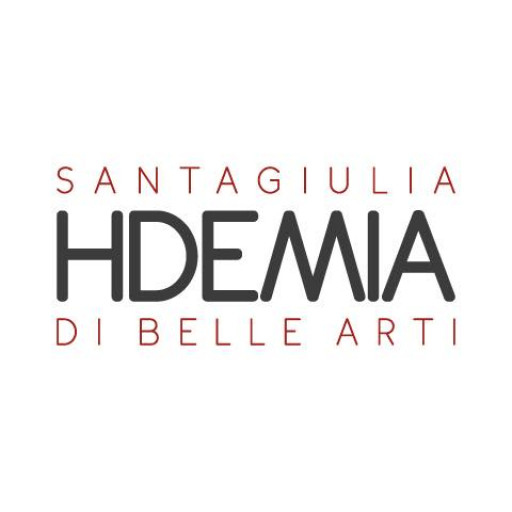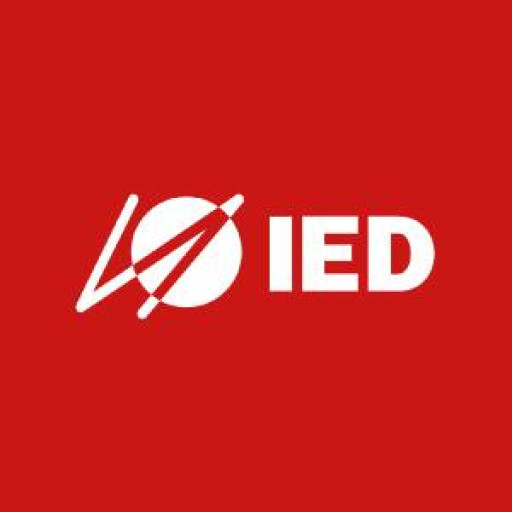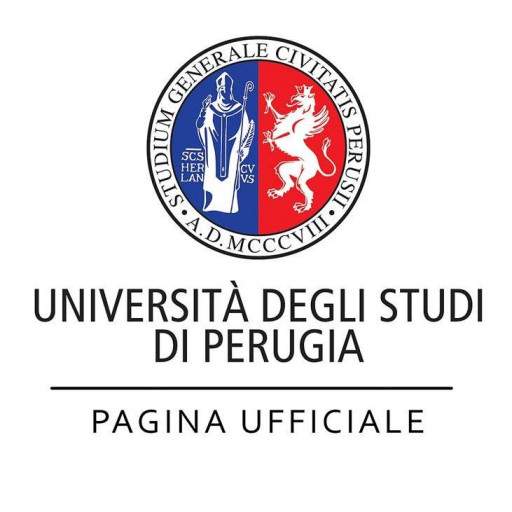Photos of university / #monash_uni
The core of this course consists of four units of design studio extending over four semesters. These units include a series of defined and self-directed design projects that can engage with design systems, services, processes, environments and artefacts. Students are required to demonstrate high-level planning, resourcing, implementation and evaluation, informing the development of an expert understanding of professional design processes. The course engages students in design research processes and permits them the opportunity to personally contribute to the development of their discipline.
Students may select a particular design studio specialisation within the course, or they may enrol in the advanced studies in design specialisation and select units from across a number of areas:
- Advanced studies in design
- Collaborative design
- Interaction design
- Multimedia design.
In addition to the core design studios, a unit in design thinking initiates the development of individual design research strategies. Three further units build capability in design research, management, entrepreneurialism, culminating in an exegesis. Two selective units complement the core studies by extending relevant discipline skills and knowledge. Teaching methodologies consists of studio sessions, creative and technical laboratories, lectures, tutorials and research seminars.
Specialisations
Advanced studies in design
If you prefer a broadly applicable advanced design qualification you may choose, with the approval of your course coordinator, a selection of units from each level across the specialisation streams. This means you will refine your own studies by selecting from collaborative design, interaction design or multimedia design.
This enables you to tailor your unit choices while addressing the fundamental principles of advanced design practice and thinking. It will challenge you to connect research and practice across the design disciplines to become a highly thoughtful and engaged design practitioner. Throughout your studies you will build your learning by broadening your knowledge of key design constructs, deepening your professional learning in design areas of interest, and advancing your capacity as a design professional. The final semester of study provides the opportunity for you to pursue a major self-initiated project, or extend your skills by participating in a leading industry project.
Collaborative design
The collaborative design specialisation brings together expertise from disciplines that develop and create graphic, product and spatial designs. This specialisation responds directly to the contemporary shift towards collaborative design engagement. It will operate both conceptually and practically at the intersection of interior, graphic and industrial design practice. The program will expose you to design challenges that involve image, text, products, narratives, systems, services, public and private space, materiality and virtuality. These creative outputs are not approached as single entities, but in scenarios that require a comprehensive and holistic design approach. You will be required to demonstrate independent conceptual and practical skills and your ability to engage in collaborative design processes. The program will develop your professional awareness across the creative disciplines, prompt multidisciplinary design competencies, and promote broader skills in leadership, professional adaptability, and complex project planning. The final year of study provides the opportunity for you to pursue a major project, or extend your skills by participating in a leading industry project.
Interaction design
The interaction design specialisation develops your skills and competencies in the design of contemporary artefacts, products and services that engage with interactive, user-focused technologies and processes. These can include, but are not limited to, health and medical equipment, 'smart' furniture, educational toys, wearable technologies, public information kiosks and transport systems. You can engage with a diverse range of interactive processes, including the application of advanced technologies, electronics and programming, physical and virtual interface manipulation, engineering and material fabrication and rapid prototyping. The specialisation equips you with an understanding of the unique relationship that exists between interactive activities, products and human behaviour. You will develop a critical awareness of current social and commercial issues pertaining to interaction and user experience design. The final year of study provides the opportunity for you to pursue a major project, or extend your skills by participating in a leading industry-supported project.
Multimedia design
In the multimedia design specialisation you will engage with contemporary digital communication environments. This includes designing for the web, motion and animation, and interactive touch screen devices and surfaces. The specialisation emphasises an advanced knowledge of existing and emerging digital design processes and systems and embraces projects of varied scale, from hand-held smart devices to large public interactive screens. The studio units bring together practical design skills with the conceptual thinking required of contemporary digital communication environments. This includes an astute ability to construct a communication narrative, strategically and meaningfully engage multimedia processes with broader community and business needs, and understand the end-user's intuitive and iterative engagement with a project (web site, app and other screen-based media). The final year of study provides the opportunity for you to pursue a major project, or extend your skills by participating in a leading industry project.
Outcomes
These course outcomes are aligned with the Australian Qualifications Framework level 9 and Monash Graduate Attributes.
Students who complete the Master of Design will be able to:
- engage critically with design theory, concepts and methods
- understand the relationship of design to cultural, environmental, ethical, technological and professional contexts and practices
- apply design principles and advanced design skills to produce innovative ideas, concepts and solutions
- integrate specialised design research approaches in order to analyse, synthesise and evaluate diverse solutions for contemporary environments
- use technical and design methodologies to assess the needs, deliverables and constraints of complex projects
- draw on studio experience to design, evaluate, implement, analyse and communicate strategies and methodologies and apply them in the multiple fields of design practice.
Structure
The course is structured in three parts. Part A, Preparatory studies for advanced design; Part B, Advanced design studies, and; Part C, Advanced design applications. All students complete Part C. Depending upon prior qualifications, you may receive credit.
Note that if you are eligible for credit for prior studies you may elect not to receive the credit.
Part A. Preparatory studies for advanced design
These studies provide you with the conceptual thinking and technical skill set required for advanced postgraduate study in this area. The studio unit brings together conceptual and technical abilities developed in the other two units.
Part B. Advanced design studies
In these studies you will focus on the application of conceptual thinking and technical skills to advanced design problem solving. You will analyse and create a project outcome based on research, critique, and the application of design processes appropriate to your specialisation. You will also choose a selective unit that will further build capacity in your chosen specialisation.
Part C. Advanced design applications
In these studies you will focus on the application of advanced design problem solving skills at a professional level. You will consolidate skills and practice of design research methodologies and may extend your research trajectory to further study. Part C is also supported by a selective unit to allow you to build capabilities in your chosen specialisation.
In the final semester you will pursue a major design project or participate in a leading industry project. The exegesis unit formalises the research component of Part C. The final semester brings together advanced technical ability, conceptual thinking, entrepreneurial studies and design management in practice.
Requirements
The course comprises 96 points structured into three parts: Part A. Preparatory studies for advanced design (24 points), Part B. Advanced design studies (24 points), and Part C. Advanced design applications (48 points).
- Students admitted at entry level 1 complete 96 points, comprising Part A, B and C
- Students admitted at entry level 2 complete 72 points, comprising Part B and C
- Students admitted at entry level 3 complete 48 points, comprising Part C.
Note: Students eligible for credit for prior studies may elect not to receive the credit and complete one of the higher credit-point options.
A zero-credit-point unit in art, design and architecture occupational health and safety will also be undertaken. This unit is required of all students in the Master of Design and must be completed even if credit is obtained for Parts A or B.
Units are 6 credit points unless otherwise stated.
Part A. Preparatory studies for advanced design (24 points)
Students complete:
- ADA4500 Design thinking approaches
- MDC4500 Design fundamental studio
- MDC4550 Design technologies and processes (12 points)
- OHS1000 Introduction to art and design health and safety
Part B. Advanced design studies (24 points)
Students complete:
- TAD4523 Design research methods
- one unit (6 points) at level 2 or above, chosen from within the faculty and selected in consultation with the course coordinator
one specialisation studio 1 unit (12 points):
- MDC4110 Interaction design 1
- MDC4120 Multimedia design 1
- MDC4130 Collaborative design 1
Part C. Advanced design applications (48 points)
Students complete:
- PPR5500 Design management and entrepreneurship
- TAD5500 Exegesis
- one unit (6 points) at level 5 or above, chosen from within the faculty and selected in consultation with the course coordinator
one specialisation studio 2 unit (12 points):
- MDC5210 Interaction design 2
- MMD5220 Multimedia design 2
- MDC5230 Collaborative design 2
one specialisation research studio unit (18 points):
- MDC5310 Interaction design 3
- MDC5320 Multimedia design 3
- MDC5330 Collaborative design 3
- MDC5340 Advanced studies in design
Qualifications
Depending upon your prior qualifications and experience you will be eligible for entry credit which reduces the duration.
| Entry Level | Eligibility (in equivalent Australian qualification terms)1 | Duration2 |
|---|---|---|
| Entry Level 1 | Bachelor's degree in any field | 2 years |
| Entry Level 2 | Bachelor's degree in a related field3 OR Bachelor's degree in any field + relevant experience4 |
1.5 years |
| Entry Level 3 | Bachelor's (Hons) degree in a related field3 OR Bachelor's (Hons) degree in any field + relevant experience4 |
1 year |
1. Selection is based on previous academic achievement. Applicants must provide a current curriculum vitae. Applicants applying to do the 1.5 or 1.0 year program are required to provide 10–15 images of recent, original work, clearly numbered with a corresponding list of details attached, and to identify your preferred specialisation.
2. Even if you are eligible for entry credit you do not need to take it. You may apply for and complete the longer duration.
3. Related fields may include graphic design, communication design, visual communication, interior design, interior architecture, exhibition design, interaction design, user experience design, multimedia design, motion design, web design, industrial design or product design.
4. For example, by a relevant graduate certificate or work experience.

